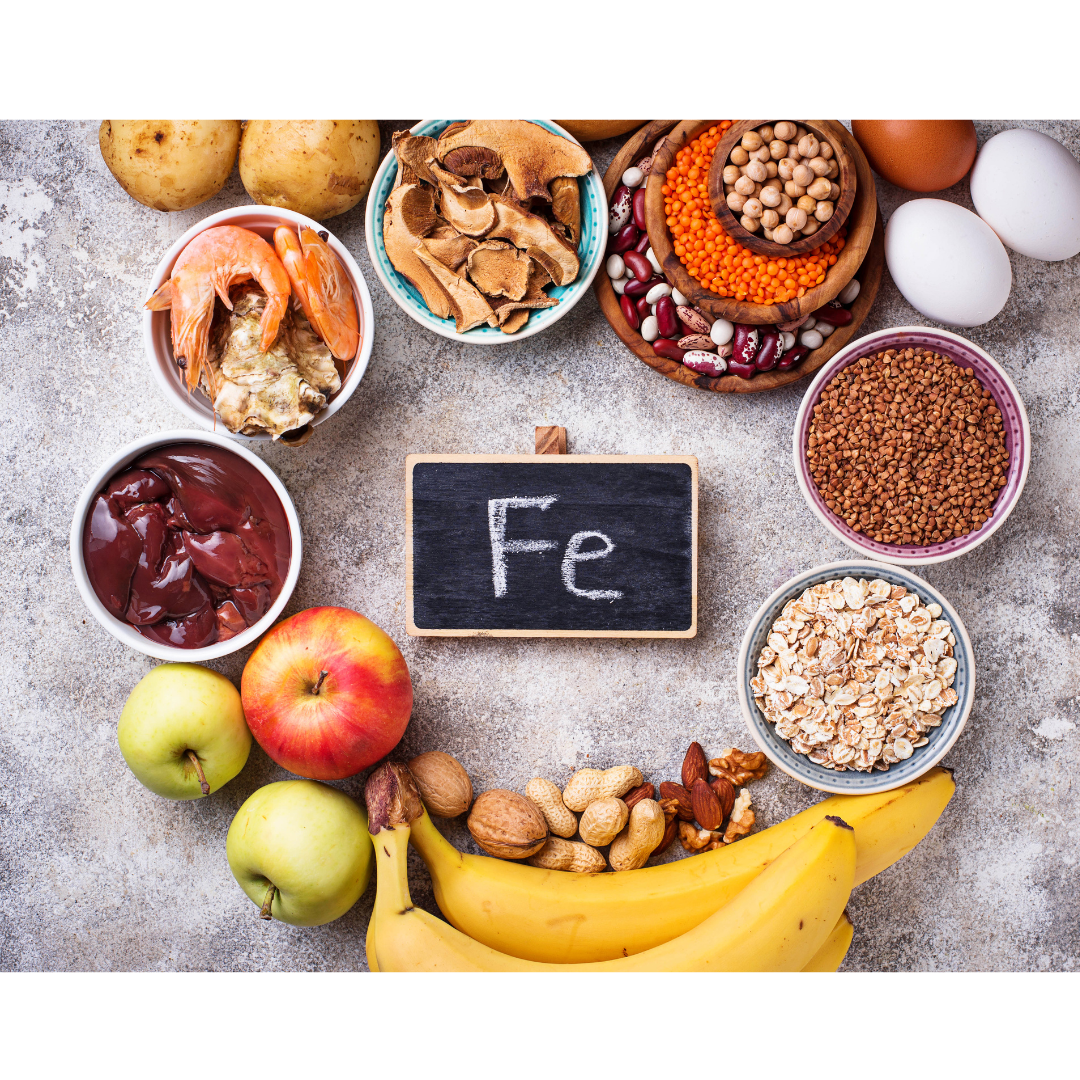Difference Between Iron Deficiency and Anaemia
🩸 Iron Deficiency (ID)
Iron deficiency refers to a reduction in stored iron levels, typically measured by ferritin. While iron deficiency can lower haemoglobin production, anaemia is only diagnosed when haemoglobin levels fall below specific thresholds.
Iron Deficiency vs. Anaemia
- Iron Deficiency: May not be apparent in a basic blood test, especially in the early stages, where minor drops in certain parameters might go unnoticed.
- Anaemia: More obvious in blood tests, as it’s diagnosed when haemoglobin levels are significantly low.
Patients with iron deficiency should receive appropriate care, regardless of whether they are officially classified as having "anaemia" or "iron deficiency." While threshold values for haemoglobin and ferritin are helpful, the main focus should always be on the patient’s well-being.
💡 Key Insight: Just because your iron levels fall within the reference range doesn’t mean everything is perfect. Each marker—iron, ferritin, folate, or B12—should be evaluated individually, considering your age, weight, sex, and overall health.
Symptoms of Iron Deficiency/Anaemia
Iron deficiency can show up in different ways. Depending on the severity, you might experience:
- 😴 Fatigue (physical and mental), with difficulty concentrating.
- 🏃♂️ Shortness of breath during physical activity, exercise intolerance.
- 💇♀️ Hair loss, brittle nails, and cracked corners of the mouth.
- 🤯 Restlessness and headaches, sometimes with dizziness or spots before your eyes.
- 🧑⚕️ Pale skin (though not always present, even with significant anemia; pale skin can also occur in other conditions, like hypothyroidism).
- 🌙 Sleep disturbances and drowsiness – iron deficiency can negatively affect sleep quality (this applies to both adults and children, including infants).
- 💓 Heart palpitations.
- 🧊 Cold hands and feet, and trouble regulating body temperature.
- 😢 Mood swings and deterioration.
- 🛡️ Increased susceptibility to infections, leading to weakened immunity.
- 🧴 Dry skin and mucous membranes (less common).
- ❤️ Libido and fertility issues – Iron is crucial for a healthy menstrual cycle, and its deficiency can lead to hormonal imbalances and anemia, affecting blood flow.
- 🧬 Difficulty with embryo implantation due to iron deficiency.
Understanding the difference between iron deficiency and anemia, and recognizing these symptoms, can help you take better care of your health. If you suspect a problem, it's essential to consult with a healthcare provider for accurate diagnosis and treatment.
Causes of Iron Deficiency
Iron deficiency can occur for several reasons. Here’s a breakdown of the most common causes:
1. Increased Blood Loss:
- 🩸 Inflammatory bowel diseases (like Crohn's or ulcerative colitis)
- 🩸 Cancers
- 🩸 Esophagitis or gastritis (inflammation of the esophagus or stomach)
- 🩸 Heavy bleeding (e.g., from ulcers or injuries)
- 🩸 Menstruation (especially with conditions like endometriosis)
- 🩸 Haematuria (blood in urine)
- 🩸 Nosebleeds
- 🩸 Frequent blood donations
- 🩸 Dialysis
2. Decreased Iron Intake:
- 🍽️ Malnutrition or diets low in iron
- 🥗 Vegetarian/Vegan diets – If iron intake is insufficient to meet the body's needs, iron stores can become depleted.
3. Decreased Iron Absorption:
- ❌ Celiac disease
- ❌ Inflammatory bowel diseases
- ❌ Helicobacter pylori infection – H. pylori colonizes the stomach lining, disrupting the stomach's mucosal barrier. This infection can lead to iron deficiency anemia (IDA) and vitamin B12 deficiency.
Understanding these causes can help you take steps to prevent iron deficiency and maintain your health. If you suspect iron deficiency, it's essential to consult with a healthcare provider for proper diagnosis and treatment.
Finding the Cause of Iron Deficiency
It's crucial to identify the underlying cause of iron deficiency. One of the most common causes is a diet low in iron, often accompanied by a pro-inflammatory diet, excess calories, and being overweight. However, if the cause is parasites, addressing that issue should be the first priority.
To diagnose the cause of iron deficiency, consulting with a general practitioner (GP), hematologist, gastroenterologist, or dietitian can be very helpful.
💡 Important Note: In about 25% of cases, iron deficiency anemia is accompanied by megaloblastic anemia, caused by a deficiency of folate and/or vitamin B12. Even if your blood tests point to a classic iron deficiency, it's worth checking your levels of folic acid and vitamin B12.
If you're experiencing symptoms of iron deficiency, make sure to consult a specialist who can thoroughly evaluate your blood tests and guide you on the next steps.
Please note: The information provided here is for informational purposes only and does not constitute medical advice. If you have any serious health issues, are taking medications, or have concerns about your health, please consult your GP or a medical advisor.


 Whatsapp us!
Whatsapp us!